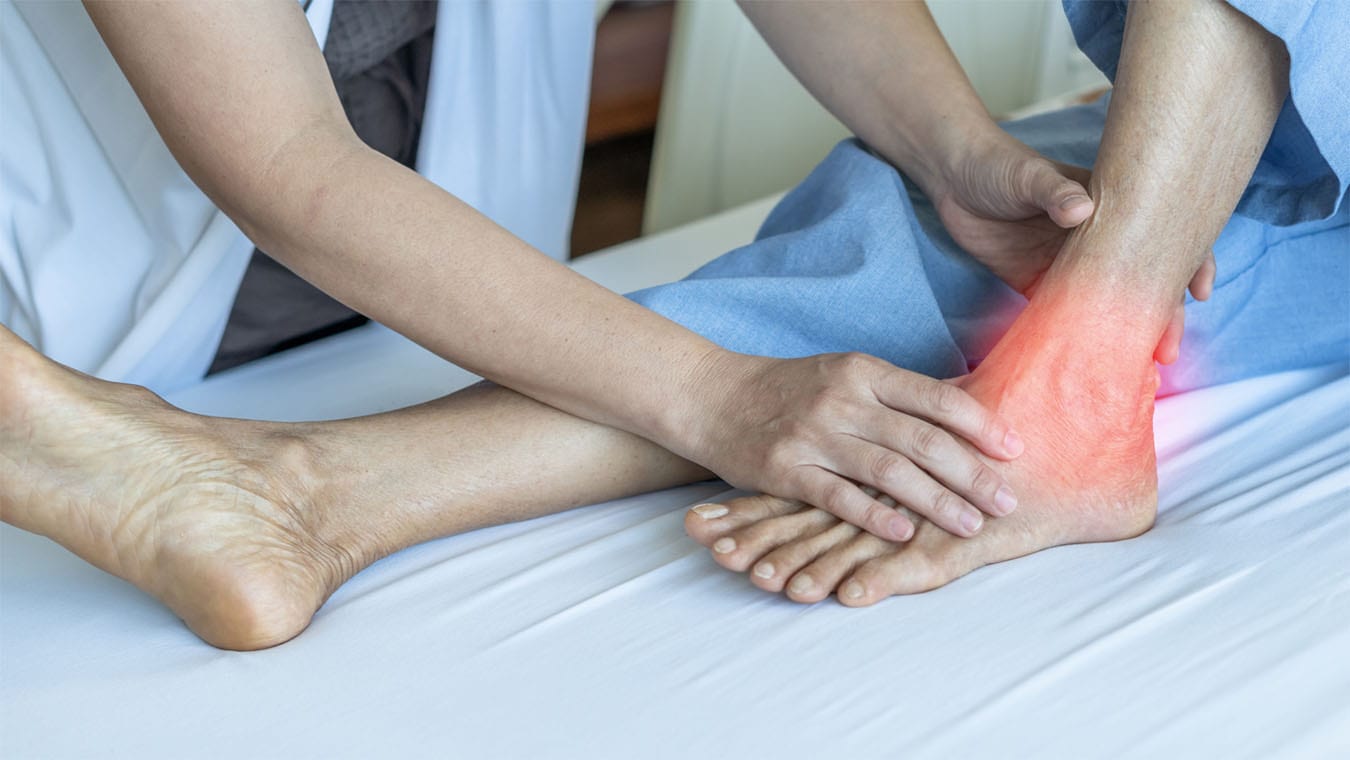Tendinitis is a condition commonly experienced by people who regularly engage in repetitive motions.
It affects your body’s tendons, especially in the joints you use most frequently such as ankles, elbows, knees, shoulders, and wrists.
If you suffer from tendinitis and are seeking a good alternative therapy that quickens healing, relieves pain, and reduces the condition’s other symptoms, PEMF therapy may be an option, as it is proven to reduce inflammation, heal tissue, and enhance one’s range of motion.
What Is Tendinitis?
Tendinitis is the inflammation of your tendons (thick, fibrous cords attaching your muscles to your bones), often characterized by tenderness or pain in the affected area.
While any tendon can be affected, areas such as knees, heels, shoulders, wrists, and ankles tend to develop tendinitis due to frequent movement and stress.
Depending on the joint, other names for tendinitis include golfer’s or tennis elbow, jumper’s knee, and pitcher or swimmer’s shoulder.
Symptoms of Tendinitis
Tendinitis is commonly characterized by pain (typically a dull ache in the affected area), tenderness to touch, and mild swelling.
While these symptoms often occur when the joint is used, they may be felt chronically.
If left untreated, even mild tendinitis can result in debilitation, or in severe cases, a loss in your range of motion.
Causes of Tendinitis
All tendons can be irritated and inflamed, but joints (for which tendons provide stability) that are heavily used are more likely to experience tendinitis.
Repetitive movement is the most common cause since it causes frequent stress on the joint and gradually wears on it over time.
Another typical cause is sudden trauma experienced from an injury or other types of accidents.
Age is another cause, as tendons lose their flexibility over time, making them susceptible to inflammation and injury.
Tendinitis can also be caused by one’s job if it requires repetitive motions or operating in awkward positions for extended periods of time.
For example, people who type can experience tendonitis in their wrist.
Sports are major contributors to tendinitis due to frequent movement and regular stress on the joints.
As a result, athletes are most likely to develop this condition.
Frequent tennis players are likely to develop “tennis elbow,” weightlifters are likely to irritate tendons in their biceps, and so on.
Other frequent contributors include baseball, basketball, bowling, golf, running, and swimming.
Treatment of Tendinitis
Tendinitis is usually treated through a combination of rest, medication, and physical therapy.
Depending on the tendon and the source of the inflammation, the severity can vary greatly.
Typically, sufferers are advised to rest and avoid stressful activities to let the joint heal.
Tendinitis sufferers may also be prescribed a protective brace or told to only engage in the limited activity.
Over-the-counter medications, including NSAIDs such as naproxen and ibuprofen, may also be used to treat inflammation.
In severe cases where these treatments cannot provide relief, physical therapy may be required to correct poor form and strengthen the muscles surrounding the joint.
Cortisone injections may also be used to reduce joint inflammation.
It is important to treat the condition immediately, as it could eventually lead to tendon rupture.
In this case, or if the tendinitis is too severe, interventions like surgery may be necessary to repair the damaged tendon or remove scar tissue that is causing irritation.
To reduce the chances of developing (or re-developing) tendinitis, you may use the following prevention techniques:
- Avoid repetitive activities that put excessive stress on your joints for extended periods of time.
- Take a break from certain sports or hobbies or switch to a low-intensity activity.
- Improve your posture or technique.
- Stretch before certain activities to loosen joints.
- Maintain muscle strength to promote proper joint alignment.
PEMF Therapy and Tendinitis
Inflammation is the body’s means of repairing damaged tissue by increasing blood flow to the affected area and bringing in leukocytes and macrophages to encourage cell regeneration.
All cells contain small electrical charges, and chronic inflammation caused by tendinitis reduces these charges and prevents them from operating normally.
Thankfully, research shows that inflammation can be reduced with the help of Pulsed Electromagnetic Fields (PEMF) therapy, which uses a mild electromagnetic current to recharge cells.
This reduces pain and the stream of inflammatory fluids that increase swelling and further irritation while also improving blood flow and oxygen intake.
This results in swifter healing and reduced pain in those suffering from tendinitis and other forms of chronic inflammation.
This was discovered in a study at the Chinese University in Hong Kong, where researchers determined the effect of PEMF and similar electrical pulse therapy on animals whose Achilles tendons suffered from tendinitis.
In randomized trials, the injured tendons of one group were exposed to daily sessions of PEMF pulses of 15-46 Hz for 15 minutes, while another group was exposed to PMFs (Pulsed Magnetic Fields) of 17-50 Hz.
The results were compared to animals who underwent fake treatments that didn’t use electrical pulses.
By measuring and comparing the tendons’ appearance, water content, and weight at different points post-injury, researchers found that those treated with PEMF and PMF experienced lower water content after 7 days, indicating reduced swelling.
After 28 days, those receiving PEMF at 17 Hz showed greater physiological alignment of collagen fibers than the other animals.
The researchers also found that using electromagnetic fields led to faster healing and improved tissue repair.
These results led them to suggest that if similar effects could happen in humans, we could experience quicker rehabilitation periods for conditions like tendinitis.
While more research regarding PEMF therapy and tendinitis needs to be done, the results so far have been promising.
Conclusion
Tendinitis is a condition that can afflict anyone, especially athletes and others who often perform repetitive movements.
When a tendon becomes irritated, this can result in symptoms including inflammation, pain, and swelling.
Luckily, PEMF therapy may help reduce these symptoms, promote faster tissue-healing, and increase your joints’ range of motion.









